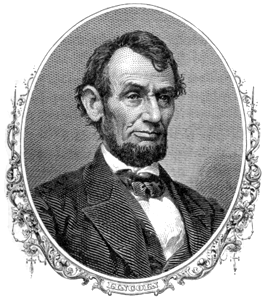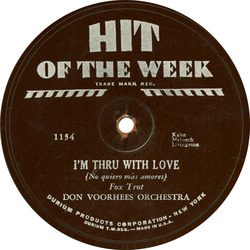Lincoln Exhibition at FAU Libraries

‘Lincoln: The Constitution and the Civil War’ Exhibition
Friday, March 20 – Thursday, April 30

Friday, March 20 – Thursday, April 30

Introduced in 1930 and discontinued in 1932, these records were made from a flexible synthetic resin (Durium) coated on brown paper.
Producers began looking for better options and started experimenting with materials that were lighter, flexible and less fragile.
 February 28 – March 7, 2014
February 28 – March 7, 2014Click here for full schedule and more information
Florida Atlantic University Libraries
Panorama Theme by ![]() Themocracy
Themocracy